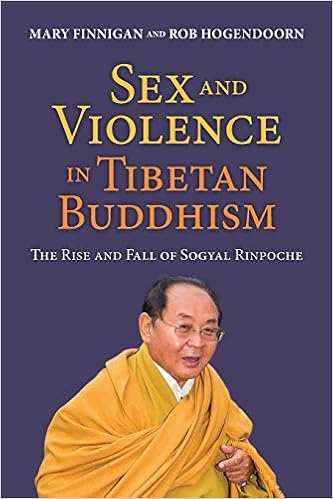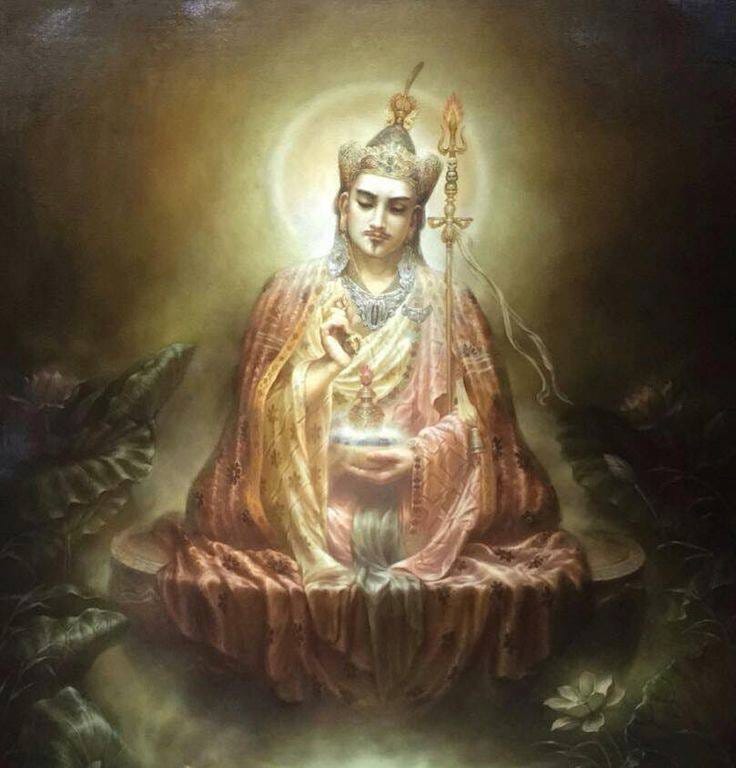22+ How Is Tibetan Buddhism Different From Other Forms Of Buddhism info
How is tibetan buddhism different from other forms of buddhism. Mulasarvastivada in Tibet and Central Asia. All four Tibetan traditions share the Mulasarvastivada lineage of full and novice monks and novice nuns vows and all four have lay. Tibetan Buddhism combines the essential teachings of Mahayana Buddhism with Tantric and Shamanic and material from an ancient Tibetan religion called Bon. Vajrayana Buddhism differs from the other vehicles of Buddhism in two primary ways. Learn about the different types of Buddhism from the main schools down to a few more popular sects and take a quick quiz to test your knowledge. These differences are also the ones that distinguish between Vajrayana Buddhism and Mahayana Buddhism. There are four major schools and many sub-schools of Tibetan Buddhism. The most distinctive feature of. Tibetan Buddhism is Bhutans state religion. See full answer below. The practice of Tibetan Buddhism includes meditation chanting and various esoteric rituals depending on the level of spiritual advancement of practitioner the highest of which is the stage of Lama. Practitioners approach working with negative emotions in a different manner.
The main factors that differentiate between Chinese and Tibetan Buddhism lie within the different approaches to enlightenment. Yes Tibetan Buddhism is very different. Although Tibetan Buddhism is often. Tibetan Buddhism has gained a huge following in the West in recent years. How is tibetan buddhism different from other forms of buddhism There many negative aspects or traditions involve that you are not practised in other forms of Buddhism. Tibetan Buddhism combines Hinayana and Mahayana practices this is also true of Chinese Buddhism. How is Tibetan Buddhism different from other types of Buddhism. Viewing Tibetan Buddhism to other forms of Buddhism is like saying Pentecostals that fall on the floor and speak in tongues represent Christianity. Eighteen different schools of Hinayana developed in India with only three main vinaya lineages of monastic vows now extant. There are 5 branches in Tibetan Buddhism and Shugden. Firstly as a form of Vajrayana Buddhism it is different from Theravada Buddhism by referring to sutras outside of the original Pali Canon and believing in the Bardo a long transition before reincarnation. As a result Buddhism as it exists in Japan looks very different than it does in Thailand or the colorful representation of Buddhism you find in Tibet. Tibetan Buddhism combines meditation with ritual chanting and other practices.
 Amazon Com Sex And Violence In Tibetan Buddhism The Rise And Fall Of Sogyal Rinpoche 9780986377099 Finnigan Mary Hogendoorn Rob Books
Amazon Com Sex And Violence In Tibetan Buddhism The Rise And Fall Of Sogyal Rinpoche 9780986377099 Finnigan Mary Hogendoorn Rob Books
How is tibetan buddhism different from other forms of buddhism Tibetan Buddhism is regarded as a Mahayana school because of incorporating a central belief in Bodhisattva practice and attaining Enlightenment.

How is tibetan buddhism different from other forms of buddhism. Tibetan Buddhism also has a great deal of chanting and ritual often designed to eliminate negative forces and interference visualized in the form of demons. Buddhas original teaching was a cognitive. While performing such rituals one imagines oneself in an extremely forceful form as a meditational aid for gaining the energy and confidence to overcome difficulties.
Because it is hybrid of bon shamanism and budhism. Tibetan Buddhism is unique because it is built. The Nyingma Ancient Ones tradition traces itself back to the earliest form of Buddhism in Tibet and it is thus the oldest of the four major Tibetan Buddhist schools existing today.
Dharmaguptaka in East Asia. Theravada in Southeast Asia. Only Tibetan Buddhists follow the teachings of the.
Tibetan Buddhism has both shamanistic and animistic elements. Tibetan Buddhism which can also be called as Lamaism is the Buddhist sect that is mainly found in Tibet some regions of the Himalayas India Bhutan and Northern Nepal. Tibetan Buddhism is a bit different from other forms of Buddhism as it is multifaceted and involves integrated teachings which naturally implement methods that cater for all human conditions.
As Buddhism came to Tibet it incorporated the local deities found support for the teacher-student relationship and developed its. Modern historians hold that Tibetan Buddhism in the early period was not identified as Nyingma until some centuries later when other competing.
How is tibetan buddhism different from other forms of buddhism Modern historians hold that Tibetan Buddhism in the early period was not identified as Nyingma until some centuries later when other competing.
How is tibetan buddhism different from other forms of buddhism. As Buddhism came to Tibet it incorporated the local deities found support for the teacher-student relationship and developed its. Tibetan Buddhism is a bit different from other forms of Buddhism as it is multifaceted and involves integrated teachings which naturally implement methods that cater for all human conditions. Tibetan Buddhism which can also be called as Lamaism is the Buddhist sect that is mainly found in Tibet some regions of the Himalayas India Bhutan and Northern Nepal. Tibetan Buddhism has both shamanistic and animistic elements. Only Tibetan Buddhists follow the teachings of the. Theravada in Southeast Asia. Dharmaguptaka in East Asia. The Nyingma Ancient Ones tradition traces itself back to the earliest form of Buddhism in Tibet and it is thus the oldest of the four major Tibetan Buddhist schools existing today. Tibetan Buddhism is unique because it is built. Because it is hybrid of bon shamanism and budhism. While performing such rituals one imagines oneself in an extremely forceful form as a meditational aid for gaining the energy and confidence to overcome difficulties.
Buddhas original teaching was a cognitive. Tibetan Buddhism also has a great deal of chanting and ritual often designed to eliminate negative forces and interference visualized in the form of demons. How is tibetan buddhism different from other forms of buddhism
 Is Tibetan Buddhism A Cult Religion Part 1 By Tahlia Newland Medium
Is Tibetan Buddhism A Cult Religion Part 1 By Tahlia Newland Medium